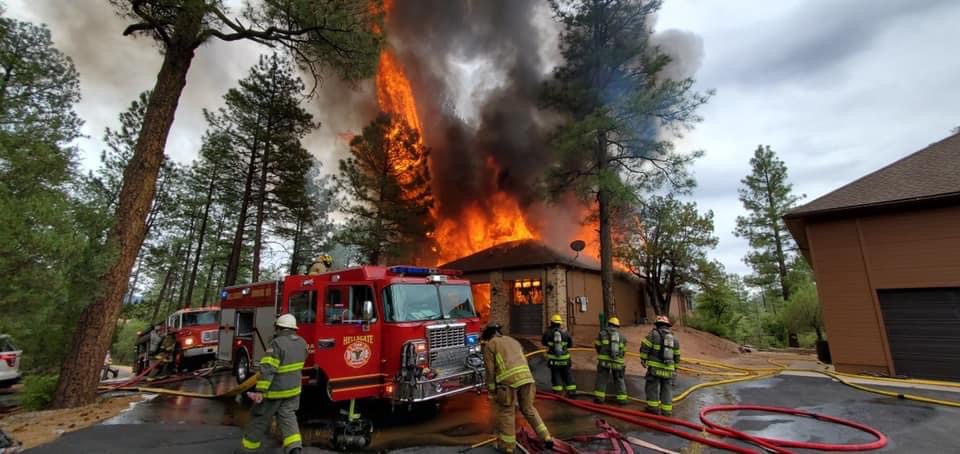The Silent Flood: First Responder Mental Health in the Wake of Texas and Idaho Tragedies
When nature or violence rips through a community, first responders don’t just confront wreckage—they absorb it. The catastrophic July 4 flash-flood on Texas’ Guadalupe River that claimed at least 84 lives—27 of them campers and counselors at Camp Mystic—left responders wading through swift water, overturned cabins, and the bodies of children. (apnews.com)
Although few interviews have surfaced yet, it is reasonable to infer—and important to acknowledge—that many rescuers are cycling through shock, guilt, and haunting mental images of young victims. Re-experiencing scenes like these is part and parcel of the job, but without the right support it can harden into PTSD, depression, or suicide risk.
Just four days earlier, two Idaho battalion chiefs were ambushed and killed while attacking a small brushfire in Coeur d’Alene; a third firefighter was wounded. The gunman set the fire, lay in wait, and opened fire as crews arrived. (abcnews.go.com) For departments everywhere, the event is a grim reminder that scenes can turn violent without warning and that cumulative trauma isn’t confined to any one incident—it stacks.
A Mental-Health Revolution Is (Finally) Underway
Dedicated public-safety psychologists. Waco, Texas, may soon approve $177,000 to bring a full-time psychologist in-house for its 500+ police and fire employees—framing mental-health care as core infrastructure, not a line-item luxury.(firerescue1.com)
Data-driven urgency. In Police1’s 2025 “What Cops Want” survey, frontline officers ranked mental-health calls as their No. 1 safety concern—above active shooters and traffic stops.(police1.com) When a population trained to run toward danger says mental strain is the biggest threat, we should listen.
What Departments Can Do—Now
- Budget for brain care the way you budget for bunker gear. A staff psychologist (or regional shared service for smaller departments) provides confidential counseling, mandatory critical-incident debriefs, and suicide-prevention training.
- Embed peer-support teams. Trained coworkers often bridge the gap between “I’m fine” and a professional appointment.
- Normalize therapy. Leadership should model attendance; promote it during roll call, not just in HR memos.
- After-action mental check-ins. Treat psychological clearance like medical clearance—especially after child fatalities or fellow-responder deaths.
- Family briefings. Spouses and partners need to know warning signs and resources; trauma often shows up at home first.
What Individual Responders Can Do
- Find a culturally competent therapist. One who understands public-safety culture can cut through “You saw what?” moments and get to coping strategies faster.
- Use the buddy system. If a colleague starts joking about dark thoughts or seems withdrawn, ask directly and steer them to help.
- Set micro-boundaries. Limiting graphic social-media doom-scrolling and taking brief post-shift decompression walks aren’t cure-alls, but they lower the baseline stress load.
- Remember you’re not broken—you’re human. Reactions like intrusive memories or hyper-vigilance are normal early stress responses; getting assistance is an operational necessity, not a weakness.
Closing Thoughts
Texas’ floodwaters will recede and Idaho’s burn scar will green over, but the psychological imprint on first responders lingers. Agencies must weave mental-health provisions into policy the same way they specify turnout-gear standards—because resilience isn’t optional equipment. And responders themselves? Reach out early. Your mind is part and parcel of the life-saving toolkit; keep it mission-ready.
Keep up the good work brothers and sisters. Thank you for all you do. ❤️


